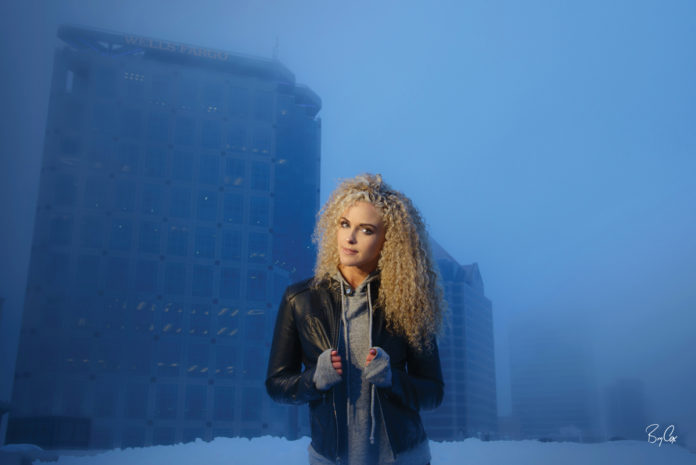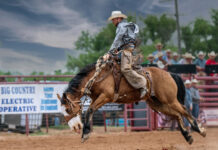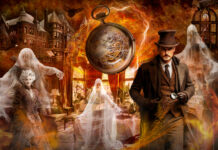 Creativity is problem solving. We often think of creativity as thinking outside the box – but I flip that, describing it as thinking inside the box. This simple mental game will help you be more creative at your next tough shoot.
Creativity is problem solving. We often think of creativity as thinking outside the box – but I flip that, describing it as thinking inside the box. This simple mental game will help you be more creative at your next tough shoot.
For instance, showing up to shoot a wedding and seeing problem after problem can be heartbreaking. Arriving in bad weather, realizing the client’s location is sub-par, and it’s the wrong time of day for perfect images can be a setback for the entire shoot as we wish our situation were only better.
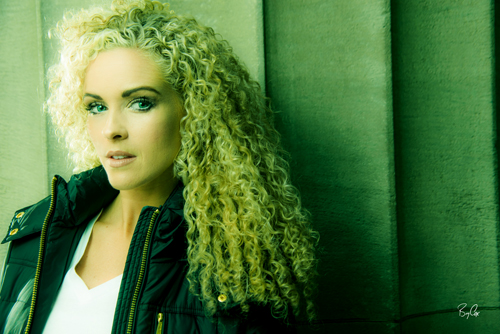 But these are problems we can’t change. They’re the box from which we need to work. Creativity is thinking inside that box and making those problems work for us. Sometimes I pretend that I’m on a big movie set, and that I’ve paid big money for the bad weather around me. That mental switch in the mind can change a shoot and help me use that bad weather for some awesome images. I tell myself, “I want all my clients to wish they had their shoot in this wonderfully bad weather.”
But these are problems we can’t change. They’re the box from which we need to work. Creativity is thinking inside that box and making those problems work for us. Sometimes I pretend that I’m on a big movie set, and that I’ve paid big money for the bad weather around me. That mental switch in the mind can change a shoot and help me use that bad weather for some awesome images. I tell myself, “I want all my clients to wish they had their shoot in this wonderfully bad weather.”
Problem solving inside that box helps me come up with creative solutions to rock those issues that would sink so many others. That’s when the true creativity kicks in. I know that no matter what, without excuse, I need to make images that amaze my clients and win me awards.
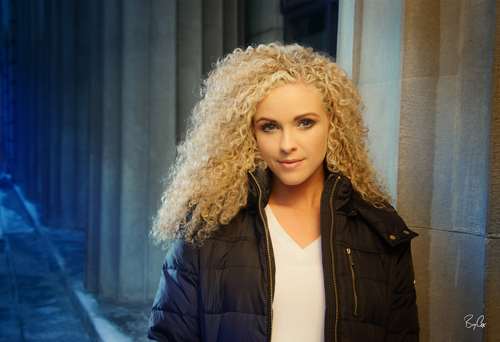 The better we get at problem solving, the easier shoots become. We see an issue and quickly visualize multiple solutions. It makes us positive to work with, and that positivity is infectious with our clients.
The better we get at problem solving, the easier shoots become. We see an issue and quickly visualize multiple solutions. It makes us positive to work with, and that positivity is infectious with our clients.
Here in Utah, we get all four seasons. Not every day can be warm or sunny, and not all shoots can be at the “perfect” time of day. But no matter what, it’s up to us to create perfect images still. Understanding lighting and color and doing things manually, can be a great tool for problem solving and creating wonderful images on a not-so-perfect day.
I did this shoot on a freezing, cold winter day. Temperatures were in the low single digits, and the fog was rolling in – not ideal for a model shoot in the city. But despite the stinging, frigid air, the fog was quite gorgeous. I was locked into a box with some obvious problems that would make my shoot harder, but the fog was going to really help add punch if lit just right.
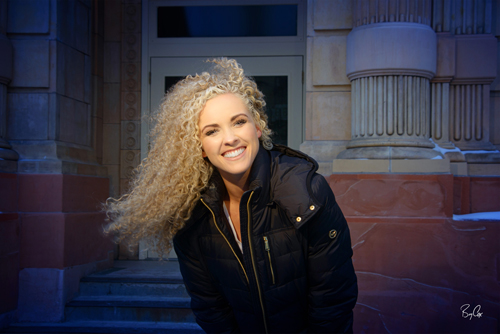 I decided that I wanted to show off the cold day and make the ambiance seem even colder. To do that, I wanted to make the foggy background blue rather than its normal whitish-gray color.
I decided that I wanted to show off the cold day and make the ambiance seem even colder. To do that, I wanted to make the foggy background blue rather than its normal whitish-gray color.
It also meant telling my model and convincing her to ignore the icy temperatures and to just think warm thoughts and act as though she was warm. She laughed at that idea, but I was serious. I needed her to look less bundled up, coat off or unzipped, and gloves removed. I needed her to look as though she loved this cold day.
I needed to engage this model even more to help overcome the freezing looks and instead get expressions that were wonderful. And I also had to work fast so that she didn’t freeze …too much.
The shoot was a blast. The images turned out great, and they’ve since been featured in various magazine articles. So how did I get that blue background while keeping her skin tones perfect? I used a technique I’ve written about before. I used colored gels on my flash, overpowered the background, and custom-color balanced my camera to that gelled flash.
Everything set manually, the camera corrects for the gel color by going the opposite direction. Adding a yellow gel means the camera will add blue to the image’s color balance. But because I’m color balanced to that yellow, the model’s skin is perfect but the background goes blue.
All of this together meant creating some very moody and creative images that I would not have made had we instead moved the shoot into my warm studio.
And without excuse, I’m always taking care to aim my lights at the perfect angle for each shot to sculpt the model’s face and make her skin and eyes pop. I specifically shoot for more variety with fewer images, forcing myself to never shoot the same thing twice. That’s a great habit to be in, especially when you’re in a hurry in the cold.
With the technical aspects all set manually, I can focus completely on the model, her personality with full engagement. I’m talking with her, laughing with her, and getting exactly the expressions I want without thinking about the gear. I’m always looking for genuine expressions that draw the viewer in.
I have all of these techniques broken down into bite-sized systems that I teach for a full intensive week at Texas School. When you come, you’ll have the chance to practice them yourself and build on your strengths.
When you put these systems together like the pieces of a puzzle, you get more creative images, with more variety, with more engaging and real expressions, but in less time, while also looking perfect before retouching. This will not only speed up your workflow, but will help your sales and marketing immensely.
If you want to learn and practice these things and more, come spend time with me at Texas School. It’s a joy spending an entire week with photographers at that event, making friends, and watching everyone grow. It’s something I look forward to every year.
 Bry Cox is a Gold Medalist out of 25,000 international photographers. He’s on the Adobe Software Influencer team, is a PPA Master/Craftsman about 10 times over, and is Certified. Bry’s owned a studio in Utah for over 20 years, he’s been teaching workshops throughout the US and Canada for over a decade, and has created many videos, plug-ins, and books for photographers to rave reviews. He will be teaching a class, “High-End Creativity & Speed” at this year’s Texas School. In that class you will learn his secrets of social dynamics so complete strangers can relax on camera while giving you new ways of thinking about posing. Also, you’ll practice engaging people to pull out and capture their true personalities with more powerful and believable expressions. Learn more at TexasSchool.org.
Bry Cox is a Gold Medalist out of 25,000 international photographers. He’s on the Adobe Software Influencer team, is a PPA Master/Craftsman about 10 times over, and is Certified. Bry’s owned a studio in Utah for over 20 years, he’s been teaching workshops throughout the US and Canada for over a decade, and has created many videos, plug-ins, and books for photographers to rave reviews. He will be teaching a class, “High-End Creativity & Speed” at this year’s Texas School. In that class you will learn his secrets of social dynamics so complete strangers can relax on camera while giving you new ways of thinking about posing. Also, you’ll practice engaging people to pull out and capture their true personalities with more powerful and believable expressions. Learn more at TexasSchool.org.



